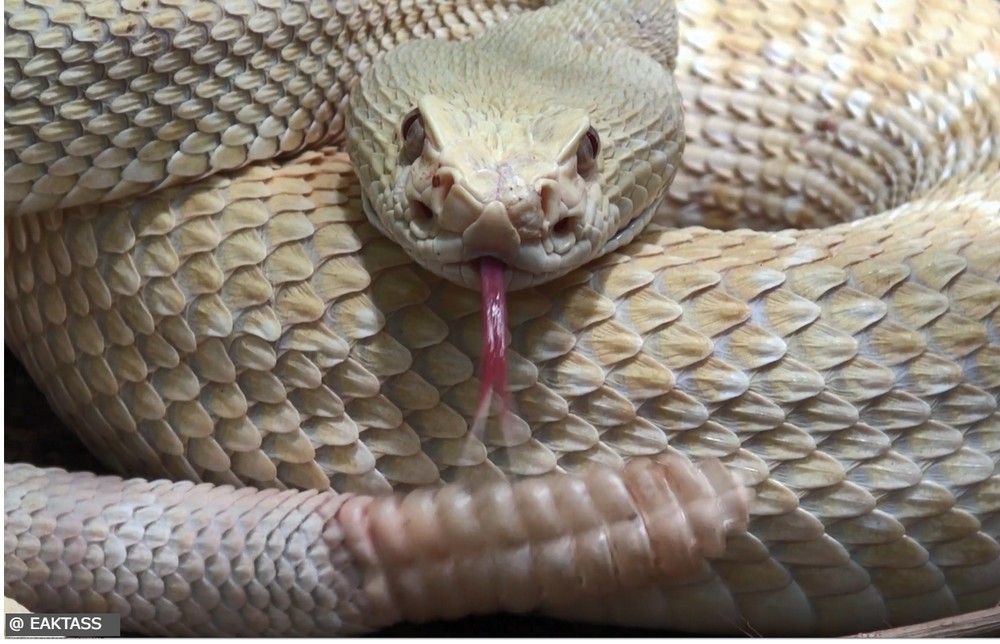What does a snake eating its own tail signify? Some say it symbolises infinity. Or could it also be said it depicts the infinite capacity within higher education institutions to limp on since the mid-20th century without fundamental changes? How would we feel stepping into a hospital that still offers almost the same treatment as it did 50 years ago?
Here is a challenge: study academic research reports, books, and papers written as far back as the 1960s and 70s, and identify what has changed as a result of findings, conclusions, and recommendations since then. Not change in the form of peripheral tweaks, but where serious shortfalls were identified and adequately addressed.
Systems are these wonderful things we create to enable more reproducible and reliable outcomes. They offer improvements in efficiency both in terms of time and money. It is therefore a strong inducement in resource-strapped universities and colleges to create systems and then to protect them – like the queen bee in the hive.
It takes courage to dismantle a system. First, one has to admit to the inconvenient reality of what is going on – that it is no longer “fit for purpose”. Then it might be that there is no obvious alternative solution, so it takes more courage to remove what clearly isn’t working and to start afresh.
Take, for instance, a factory that produces widgets around the clock. The factory has fixed overheads that have to be paid for regardless of how many widgets it produces, such as buildings, machinery, offices and equipment, departments of staff that oversee accounts, marketing, personnel, quality control, etc.
What if it is discovered that nearly 75% of widgets leaving the factory are defective? There are several choices:
– to stop production right away and to fix the problem;
– continue production and hope that enough customers will be accepting of it, whilst maybe at the same time, try to free up some resources to solve the problem;
– as much as possible, turn a blind eye as the widget is a one-off purchase, and so customer complaints or loyalty isn’t of primary importance.
Is it that different to the ‘factory’ of mass production of graduates?
In 2021, a survey of 15,000 students within the 19 higher education institutions (HEIs) in Scotland revealed that nearly 75% were struggling with mental and emotional wellbeing. It is the same principle as the defective widget leaving the factory. Despite decades of research and recommendations, this latest quantitative evidence proves the response has just been to create more ‘systems’ for an inadequate production process in order to keep it running, instead of creating radical new solutions for its design and running in the shape of how curricula are designed, delivered, and evaluated.
Whoever and wherever you are, whether you are part of the ‘factory’, the widget, or the future customer/employer of the widget, add your voice to LifeRoute / Caring on Campus in a way that is solution-focused and action-oriented so that this pivotal element in our communities that is Higher education, may NOT continue to eat its own tail.

